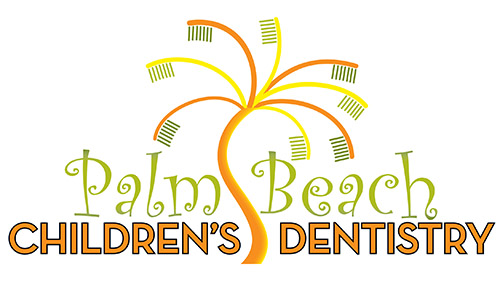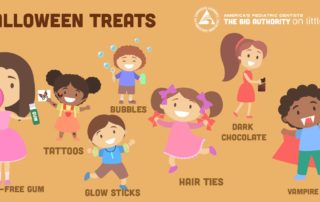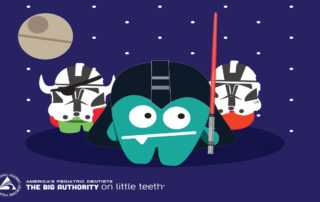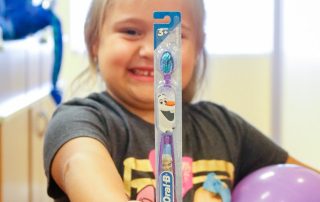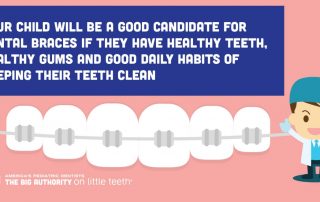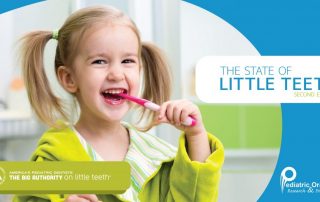Dental braces. When I was growing up, we wore them in high school. Now it seems that people of all ages ranging from elementary-school age children to senior citizens, are straightening their teeth with braces or clear retainers. As a parent, you may be wondering if your child needs braces, as well as when is the best time to start that process. Well I have great news for you! This Little Teeth Truth will definitely help you with the answer! The first step is to establish a Dental Home for your child. The Dental Home is defined by the American Academy of Pediatric Dentistry (AAPD) as “the ongoing relationship between the dentist and the patient, inclusive of all aspects of oral health care delivered in a comprehensive, continuously accessible, coordinated, and family-centered way.” By becoming a patient of a pediatric dentist, you will have access not only to a Dental Home, but also a pediatric dentist that will help guide your oral healthcare decisions. Your child will be a good candidate for dental braces if they have healthy teeth, healthy gums and good daily habits of keeping their teeth clean. Your dentist may refer you to a pediatric dentist or orthodontist that has received special training in both evaluating and correcting problems with occlusion. Occlusion refers to the alignment of teeth and the way that the upper and lower teeth fit together (bite). The upper teeth should fit slightly over the lower teeth. The points of the molars should fit the grooves of the opposite molar. There are different types of bites that need braces. The three most common conditions that need dental braces are overbite, underbite, and crowding. Overbite is a condition in which the upper front teeth overlap the lower front teeth. A large overbite can cause unhealthy teeth wearing, concerns about appearance, and in some instances even jaw pain. An underbite is a condition in which the lower teeth and jaw protrude in front of the upper teeth. An underbite usually needs to be addressed much earlier than an overbite. Finally, crowding is the lack of space for all the teeth to fit normally within the jaws. The teeth may be twisted or displaced and cause difficulty with cleaning the teeth appropriately. There are many other conditions such as excessive space, missing teeth, extra teeth, and cross bites that need correction as well. Clear retainers are an alternative to dental braces that can treat many of the same conditions. Clear retainers are custom-made aligners that are changed roughly every two weeks for a period of six to eighteen months, or longer depending how much treatment is required. Some patients like the flexibility associated with retainers. For instance, patients can take out the retainers when brushing, flossing, eating, or drinking. Because the retainers are transparent (nearly invisible), patients using clear retainers can straighten their teeth without brackets and wires taking away from the natural look of their smile. While clear retainers can correct a large majority of dental [...]
